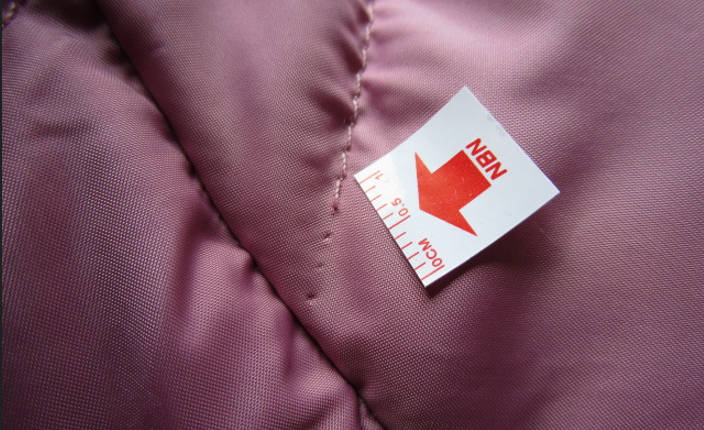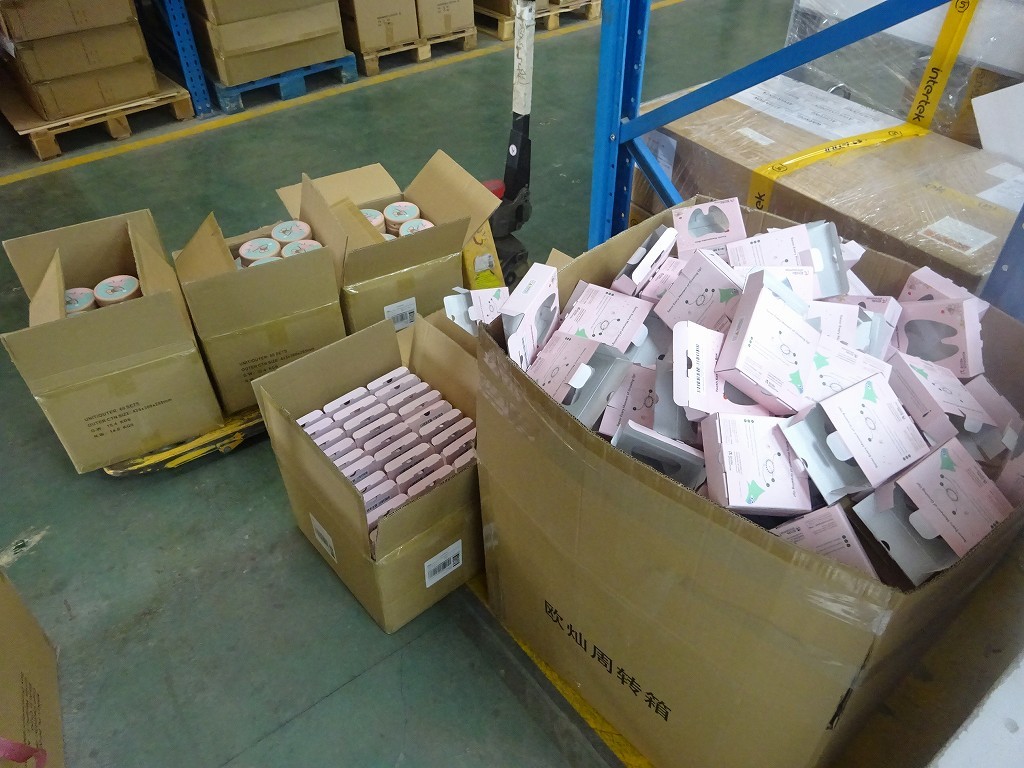Garment inspection is a process that is undertaken to determine if a finished product meets the required quality standards. During the inspection process, garments are inspected for defects, which are categorized as minor, major, or critical, depending on their severity, then count the number of various defects and judge whether this batch of goods is qualified according to AQL standard. Here we will define these categories of garment defects and outline the impact they have on the quality of the finished product.
Garment/Apparel Defect List With Examples

Minor Defects:
Minor defects are those that do not affect the overall appearance or function of the garment. These types of defects are often cosmetic in nature and do not affect the garment’s ability to be worn or its overall durability. Some examples of minor defects include loose threads, minor variations in stitching or color, and small stains that can be removed with little effort.
While minor defects do not have a significant impact on the overall quality of the garment, they can still be a cause for concern. If left unchecked, minor defects can accumulate and eventually result in more severe defects. This can ultimately lead to a decrease in the overall quality of the garment and, in some cases, may result in the garment being rejected altogether.
Major Defects:
Major defects are those that affect the overall appearance or function of the garment. These types of defects are often more severe than minor defects and can include things like broken zippers, misaligned seams, or fabric defects. Major defects can have a significant impact on the overall quality of the garment and can make it difficult or impossible for the garment to be worn.
When major defects are identified during the inspection process, they need to be addressed immediately. Depending on the nature of the defect, the garment may need to be repaired, or it may need to be discarded altogether. If major defects are left unaddressed, they can have a significant impact on the reputation of the manufacturer and can result in a decrease in sales.
Critical Defects:
Critical defects are those that pose a safety risk to the wearer of the garment. These types of defects are the most severe and can include things like sharp edges, missing buttons, or faulty fastenings. Critical defects can result in injury to the wearer and can have significant legal implications for the manufacturer.
When critical defects are identified during the inspection process, they need to be addressed immediately. Garments with critical defects should never be sold to consumers and should be discarded immediately. If critical defects are identified after the garment has been sold, a recall may be necessary to protect consumers from harm.
In conclusion, the categorization of defects into minor, major, and critical plays a crucial role in ensuring the overall quality and safety of garments. By systematically identifying and addressing defects during the inspection process, manufacturers can uphold the standards set by the Acceptable Quality Limit (AQL) and deliver products that meet customer expectations.
It is important for manufacturers to prioritize quality control at every stage of production to minimize the occurrence of defects. This not only enhances the brand reputation but also fosters consumer confidence in the garments they purchase. Through effective inspection and remediation of defects, manufacturers can contribute to a safer and more reliable garment market, ultimately benefiting both consumers and producers alike.






